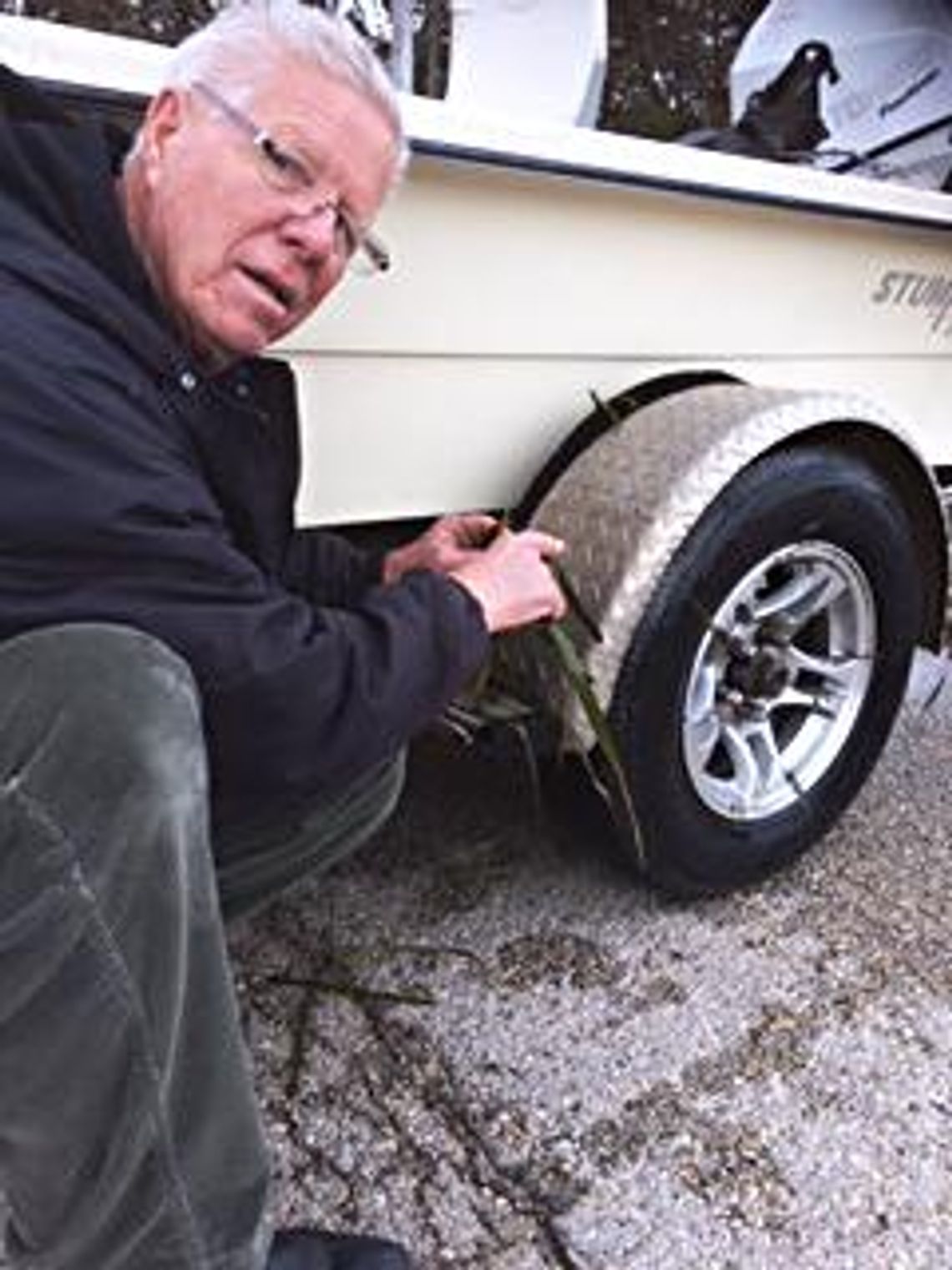I love southern Louisiana. It’s Cajun country. I love the Cajun people. I grew up with many friends with names like Hebert, Comeaux, Bergeron, Theriot, Thibodeaux, and Fontenot in Port Arthur. Port Arthur is full of Cajuns whose grandfathers migrated from southern Louisiana to work in the huge oil refineries that dominated the economy of Port Arthur, Beaumont, Nederland and Port Neches.
Cajuns are fun-loving people. They love their music, their dancing, their spicy foods and how they cook. A Cajun friend once told me that Cajuns never worry about losing their job. “We can always get a job cooking,” he laughed.
A few weeks ago, I spoke at an outdoor wild game cookout in Lafayette, Louisiana. Nearly 1,000 Cajun duck hunters and fishermen attended the event. About 35 Cajun cooks were serving their special dishes – shrimp gumbo, fried alligator balls, alligator tacos, roast duck and goose, venison stew to name a few. It was impossible to sample all.








